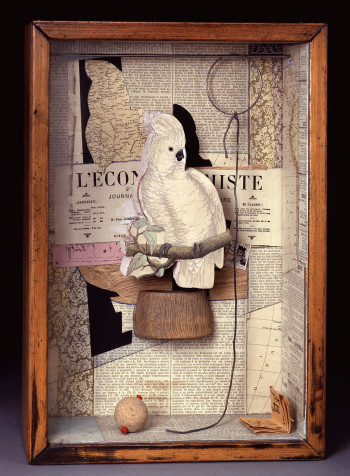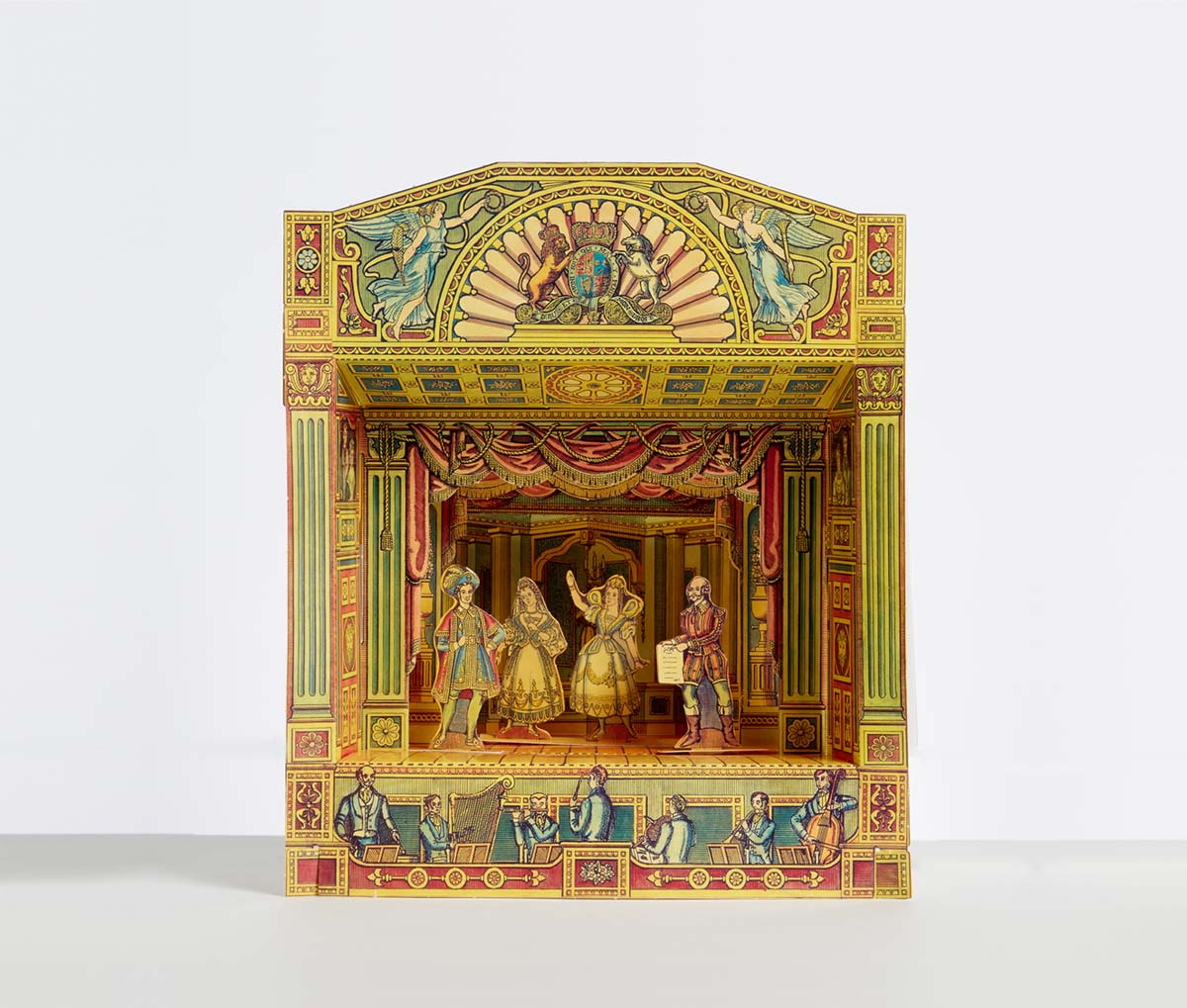Cornell’s signature art form is the shadow box. Infused with a dream-like aura, the shadow boxes invite the viewer into Cornell’s own private, magical world. Alternately known as “memory boxes” or “poetic theaters,” the boxes evoke the memories associated with the items contained within, while also containing parallels with, or expressing reverence for, other art forms, such as theater, ballet, and film.
Inspired by Marcel Duchamp’s “readymades,” Cornell elevated the found object to the center of his oeuvre and embodied a new paradigm of the artist as collector and archivist. Often purchased on Cornell’s frequent visits to New York secondhand shops or cut out from magazines, these objects comprise the primary materials of his art; they not only inhabit Cornell’s shadow boxes, they are also key to other aspects of his artistic practice, such as his famous “dossiers,” which were organized repositories of visual-documentary source material collected by the artist.
Although he was never officially part of the Surrealist movement and came to dismiss the Surrealist label in relation to his own work, Surrealism was a major influence on Cornell, most notably inspiring his embrace of unexpected juxtapositions. Rejecting Surrealism’s violent and erotic aspects, Cornell preferred instead what he described as the “white magic” side of Surrealism embodied by Max Ernst. Cornell played a major role in America Surrealism; in 1939, his art was famously described by Salvador Dalí as “the only truly Surrealist work to be found in America.”



Cornell has been a big inspiration in the making of my own work. The content isn’t quite what drew me to his work but the style. I’m fascinated by the layering and the 3 dimensionness of his work. I also like the idea of Cornell creating his own ‘magical’ world. I am exploring a similar concept in my own work, apart from mine is less than ‘magical’.









 This is a shadow box piece exploring the theme of Borderline Personality Disorder (BPD).
This is a shadow box piece exploring the theme of Borderline Personality Disorder (BPD).























